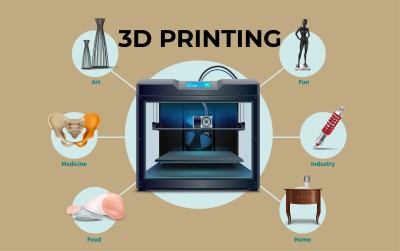Course description
Course Title: Networking Essentials: Navigating the Internet Age
**Course Overview:**
Embark on a comprehensive journey through the world of Internet and Networking with this course. Participants will explore the foundational concepts of networking, delve into the protocols and technologies that power the internet, and gain practical insights into designing and managing networks. From the basics of data transmission to the intricacies of cybersecurity, this course equips participants with the knowledge and skills essential for navigating the interconnected landscape of the digital era.
Module 1: Introduction to Networking
* Lesson 1.1: Fundamentals of Networking
- Defining networking and its importance in the digital age.
- Understanding the OSI model and the TCP/IP protocol suite.
* Lesson 1.2: Types of Networks
- Exploring local area networks (LANs), wide area networks (WANs), and the internet.
- Differentiating between peer-to-peer and client-server networks.
* Lesson 1.3: Networking Devices
- Overview of essential networking devices (routers, switches, hubs, etc.).
- Understanding their roles in network infrastructure.
Module 2: Internet Protocols and Technologies
* Lesson 2.1: IP Addressing and Subnetting
- Understanding IPv4 and IPv6 addressing schemes.
- Hands-on exercises on subnetting.
* Lesson 2.2: Domain Name System (DNS)
- Role of DNS in translating domain names to IP addresses.
- Managing and configuring DNS servers.
* Lesson 2.3: Internet Routing and Protocols
- Routing concepts and protocols (BGP, OSPF).
- Examining how data travels across the internet.
Module 3: Network Design and Implementation
* Lesson 3.1: Network Topologies and Architectures
- Exploring different network topologies (star, bus, mesh, etc.).
- Design considerations for scalable architectures.
* Lesson 3.2: Wireless Networking
- Basics of wireless communication and Wi-Fi technologies.
- Designing and securing wireless networks.
* Lesson 3.3: Virtual Private Networks (VPNs)
- Understanding the concept of VPNs for secure communication.
- Configuring and managing VPN connections.
Module 4: Network Security
* Lesson 4.1: Cybersecurity Fundamentals
- Introduction to cybersecurity and common threats.
- Best practices for securing networks.
* Lesson 4.2: Firewalls and Intrusion Detection Systems (IDS)
- Role of firewalls and IDS in network security.
- Configuration and management of security appliances.
* Lesson 4.3: Secure Communication Protocols
- Overview of secure protocols (SSL/TLS).
- Implementing secure communication in networks.
Module 5: Network Management and Troubleshooting
* Lesson 5.1: Network Monitoring and Performance Optimization
- Tools and techniques for monitoring network performance.
- Troubleshooting common network issues.
* Lesson 5.2: Network Administration and Configuration
- Responsibilities of network administrators.
- Configuration management and documentation.
* Lesson 5.3: Case Studies and Practical Applications
- Real-world case studies highlighting successful network implementations.
- Practical exercises on network troubleshooting.
Module 6: Emerging Trends in Networking
* Lesson 6.1: Software-Defined Networking (SDN)
- Understanding the concept and benefits of SDN.
- Examining SDN applications in modern networks.
* Lesson 6.2: Internet of Things (IoT) and Networking
- Integration of IoT devices into networks.
- Challenges and solutions for IoT networking.
* Lesson 6.3: Future Developments in Networking
- Exploring upcoming technologies (5G, edge computing, etc.).
- Preparing for the future of networking.
Conclusion:
By the end of this course, participants will have a solid foundation in networking principles, internet technologies, and security practices. They will be well-equipped to design, manage, and troubleshoot networks in the ever-evolving digital landscape.













